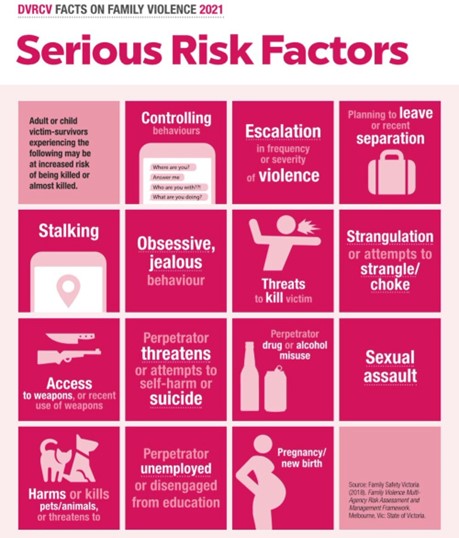A nurse is caring for a client who has depressive disorder, is in alcohol withdrawal, and reports a recent job loss. Which of the following should be the priority nursing intervention?
Identify support groups in the community for long-term treatment.
Assist the client to identify negative effects of chemical dependency.
Determine the presence and degree of suicidal risk.
Refer client to mental health care provider for evaluation and treatment.
The Correct Answer is C
The nurse should determine the presence and degree of suicidal risk when caring for a client who has a depressive disorder, is in alcohol withdrawal, and reports a recent job loss. This intervention is the priority because the client is at increased risk of suicidal ideation or behavior due to the combination of depression, alcohol withdrawal, and recent job loss. Identifying support groups in the community for long-term treatment.
choice A and referring the client to a mental health care provider for evaluation and treatment.
choice D are important interventions but are not the priority at this time. Assisting the client to identify the negative effects of chemical dependency.
choice B may be necessary but does not address the priority concern of suicidal risk.
Nursing Test Bank
Naxlex Comprehensive Predictor Exams
Related Questions
Correct Answer is C
Explanation
The client's behavior of stating "I'm fine" despite having traumatic injuries is an example of denial, a coping mechanism that involves denying that a problem or issue exists. Projection involves attributing one's own feelings to another person, displacement involves redirecting one's emotions onto a less threatening target, and undoing involves seeking to undo or forget past actions.
Choice A, projection, would involve the client attributing their own feelings to others.
Choice B, displacement, would involve the client redirecting their emotions onto someone or something else. Finally,
choice D, undoing, would involve the client attempting to forget or undo past actions.
Correct Answer is C
Explanation
choice C, "I have heard that abusers think of themselves as important and have high self-esteem." This statement is incorrect and shows the nurse may need further education on the characteristics of an abuser. Abusers often lack self-esteem and feel powerless, using abuse as a way to gain control and confidence. Choices A, B, and D are all accurate statements and do not indicate the need for further education.

For choice A, abusers often isolate their partner to gain control over them. For choice B, abusers may lack social support and social skills, leading to violent behavior.
For choice D, abusers use intimidation tactics to maintain power in the relationship.
Whether you are a student looking to ace your exams or a practicing nurse seeking to enhance your expertise , our nursing education contents will empower you with the confidence and competence to make a difference in the lives of patients and become a respected leader in the healthcare field.
Visit Naxlex, invest in your future and unlock endless possibilities with our unparalleled nursing education contents today
Report Wrong Answer on the Current Question
Do you disagree with the answer? If yes, what is your expected answer? Explain.
Kindly be descriptive with the issue you are facing.
